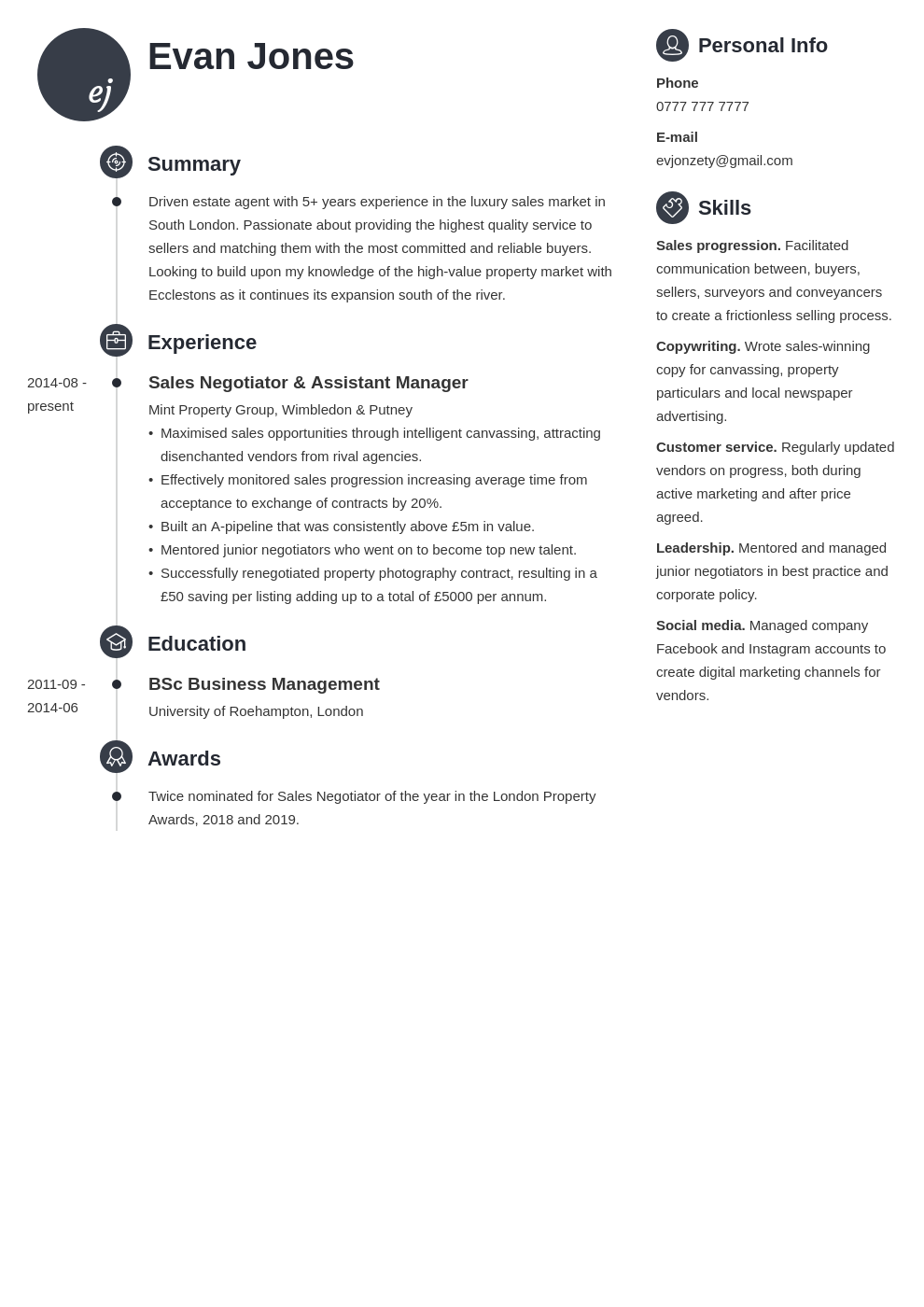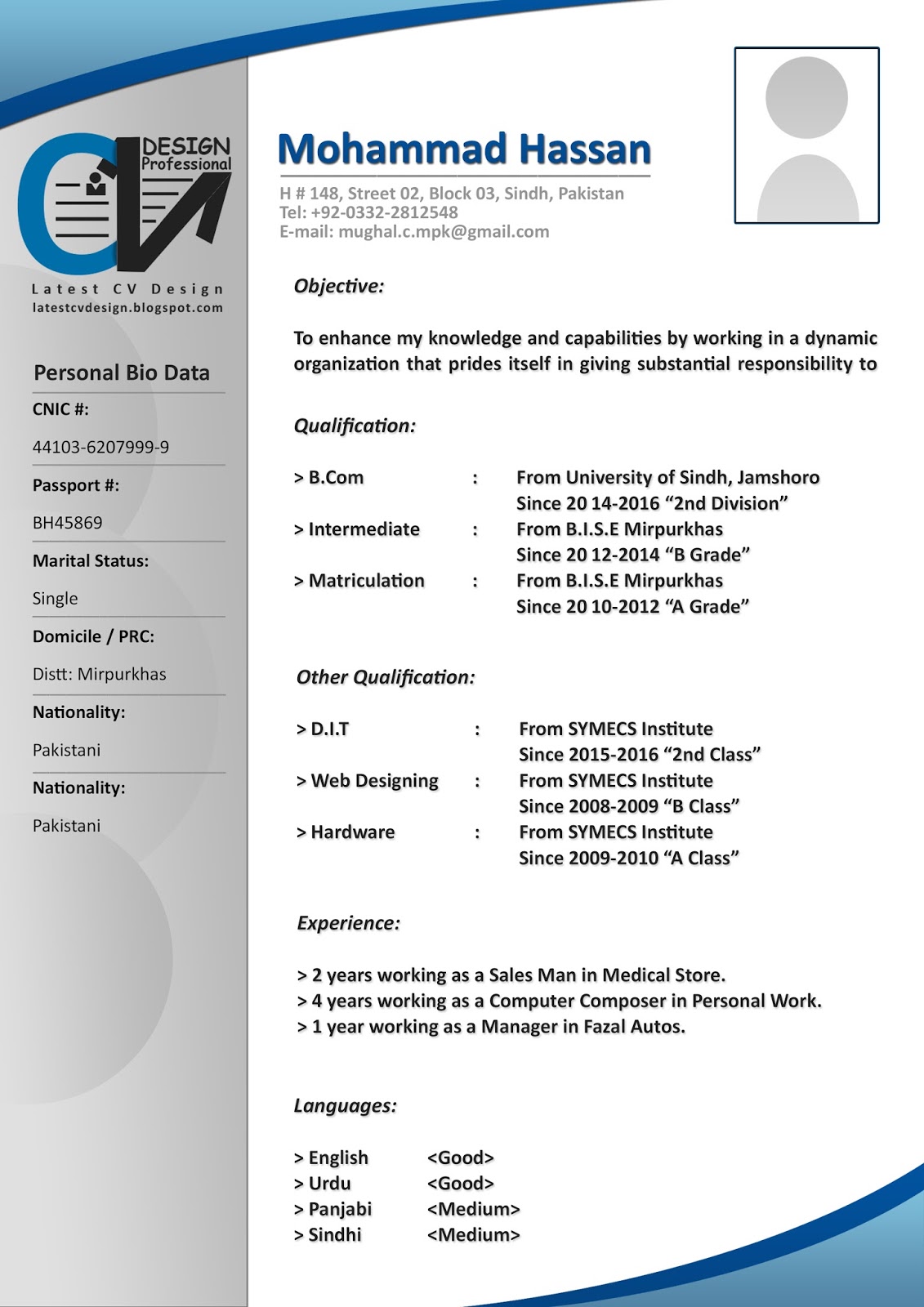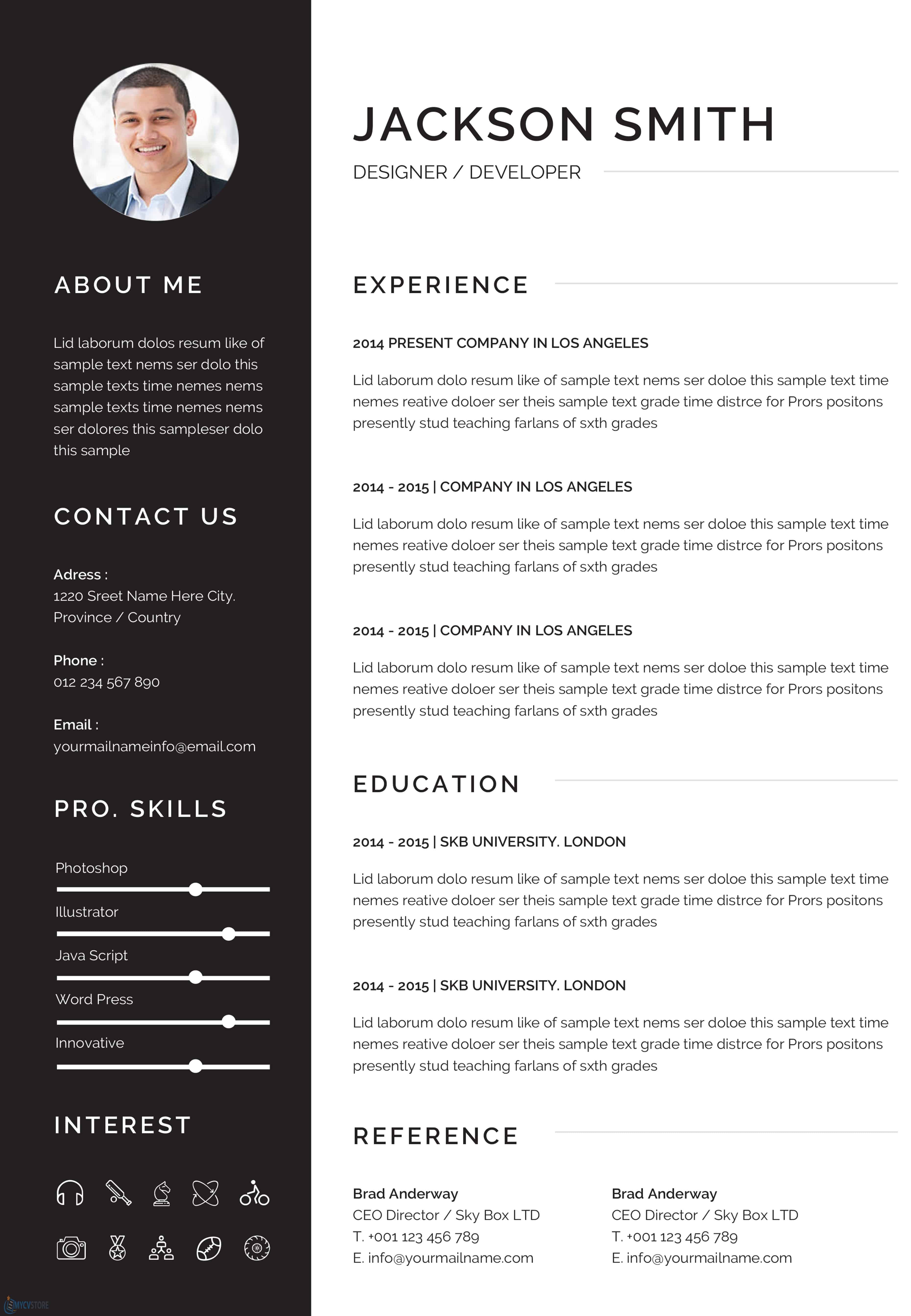
When creating your resume, consider tailoring the design to the position.

The colors, arrangement of elements, use of white space and text alignment all factor into an employer's first impression. While the content of your resume can describe your value, the design is also important. The purpose of a resume is to highlight your most relevant skills, education and professional experiences to show employers why they may consider you for an open position. Under each section are lines representing text.

Then the headlines Summary, Professional History, Educational History, Skills, and Awards & Achievements. On the right side of the image is a sample resume with the name Janet Chobot and lines representing text underneath. Optional (Awards & Achievements, Hobbies & Interests)

On the left side of the infographic, a numbered list points to each section of the resume. Print out as many copies as you'd like or download the template to share digitally when applying online."Resume Format" is the title of this infographic that shows an image of an example resume. Using a template also makes it easier to customize your resume for each position you apply to. Once you choose your favorite template, you'll be able to personalize each design element, like font styles, and add your own text. Impress potential employers with compelling resume designs without spending hours creating a layout. Resumes don't need to look boring-add flair to your professional experience with a creative resume template. Stick to a sleek design when applying to corporate positions or show your creativity with bold colors. Focus on writing a compelling cover letter and let a professionally designed template do the rest. Cover letters provide an effective opportunity to show your personality and enthusiasm for a position. Give recruiters a taste of your potential and stand out from other candidates with a professional template.

Land your dream job with free, customizable resume and cover letter templates.


 0 kommentar(er)
0 kommentar(er)
